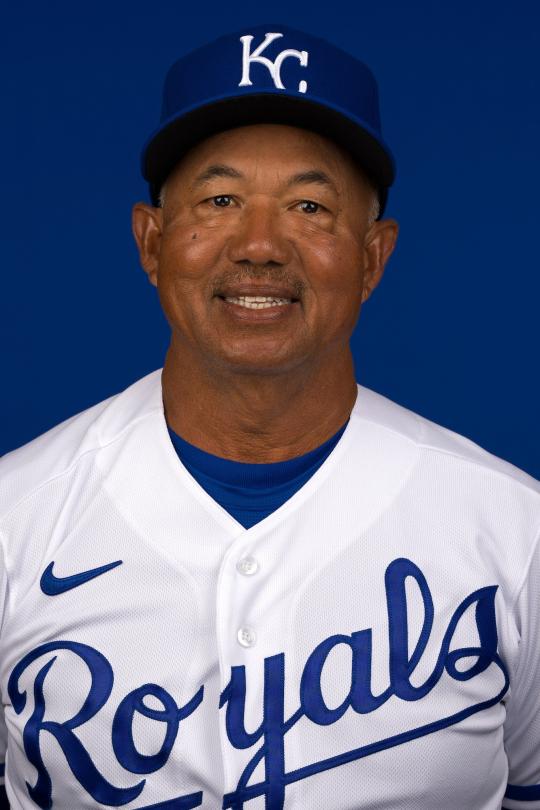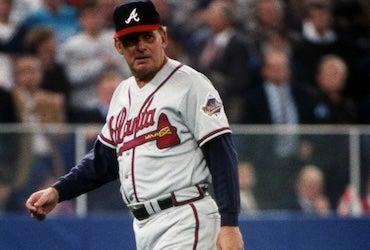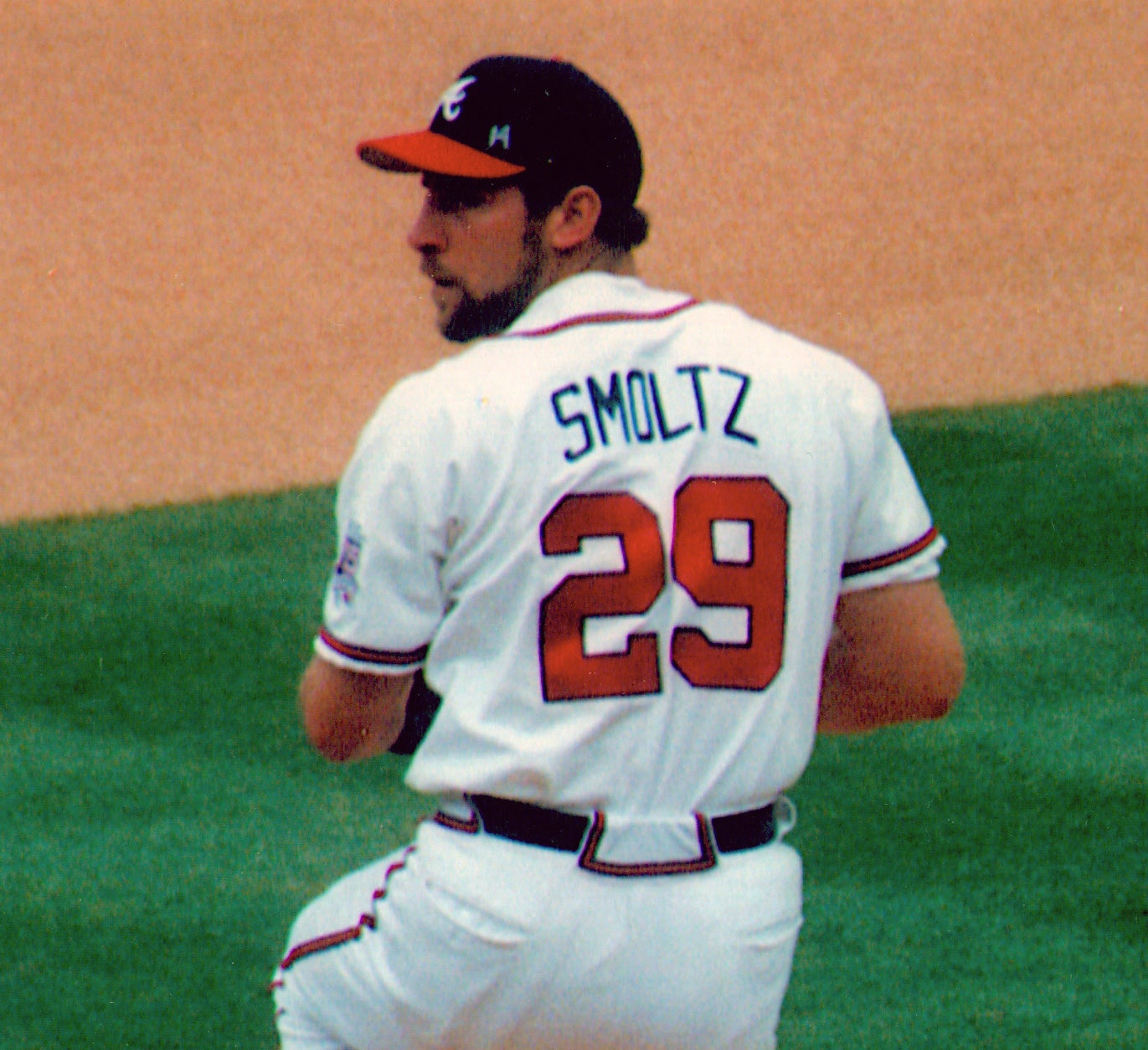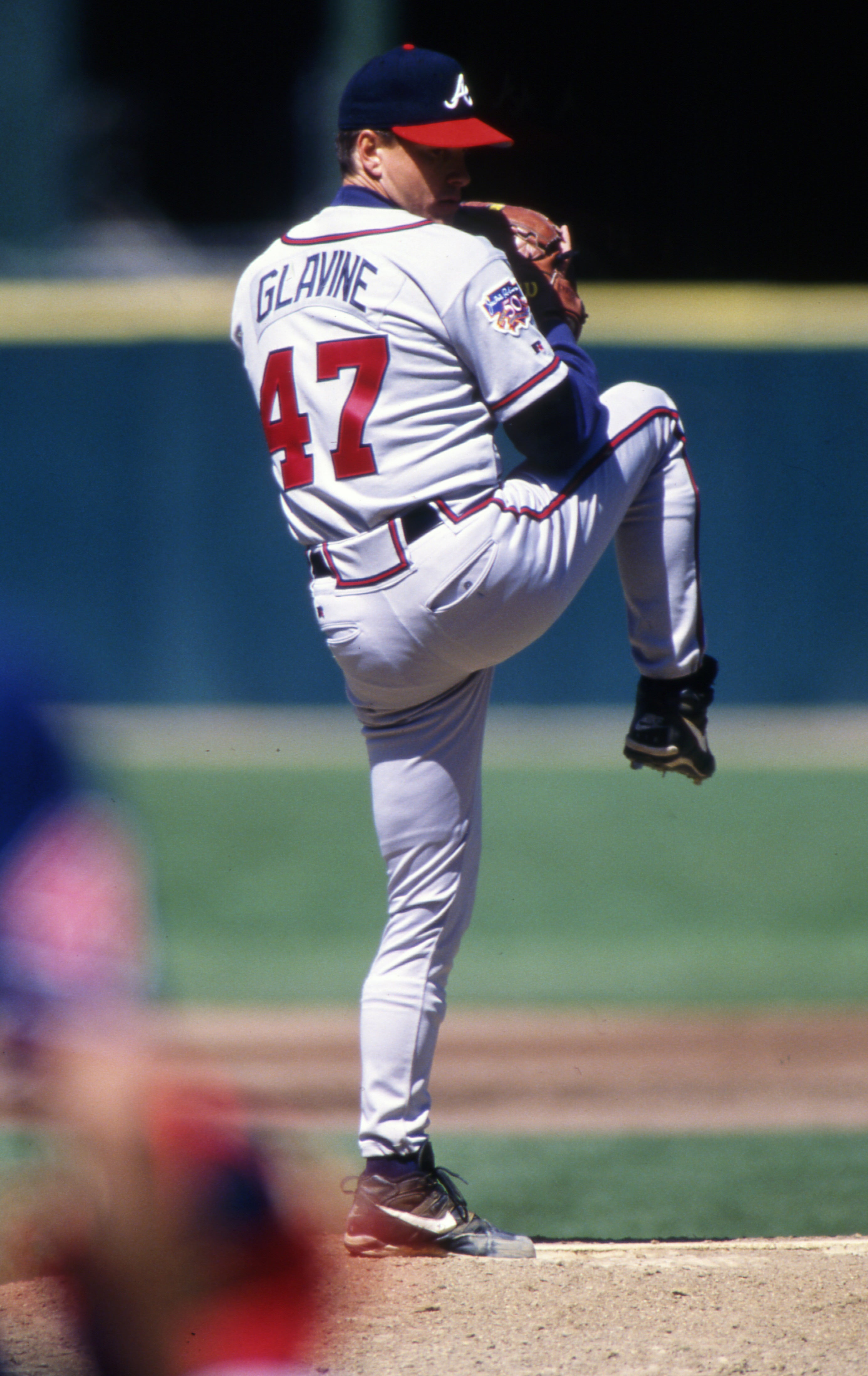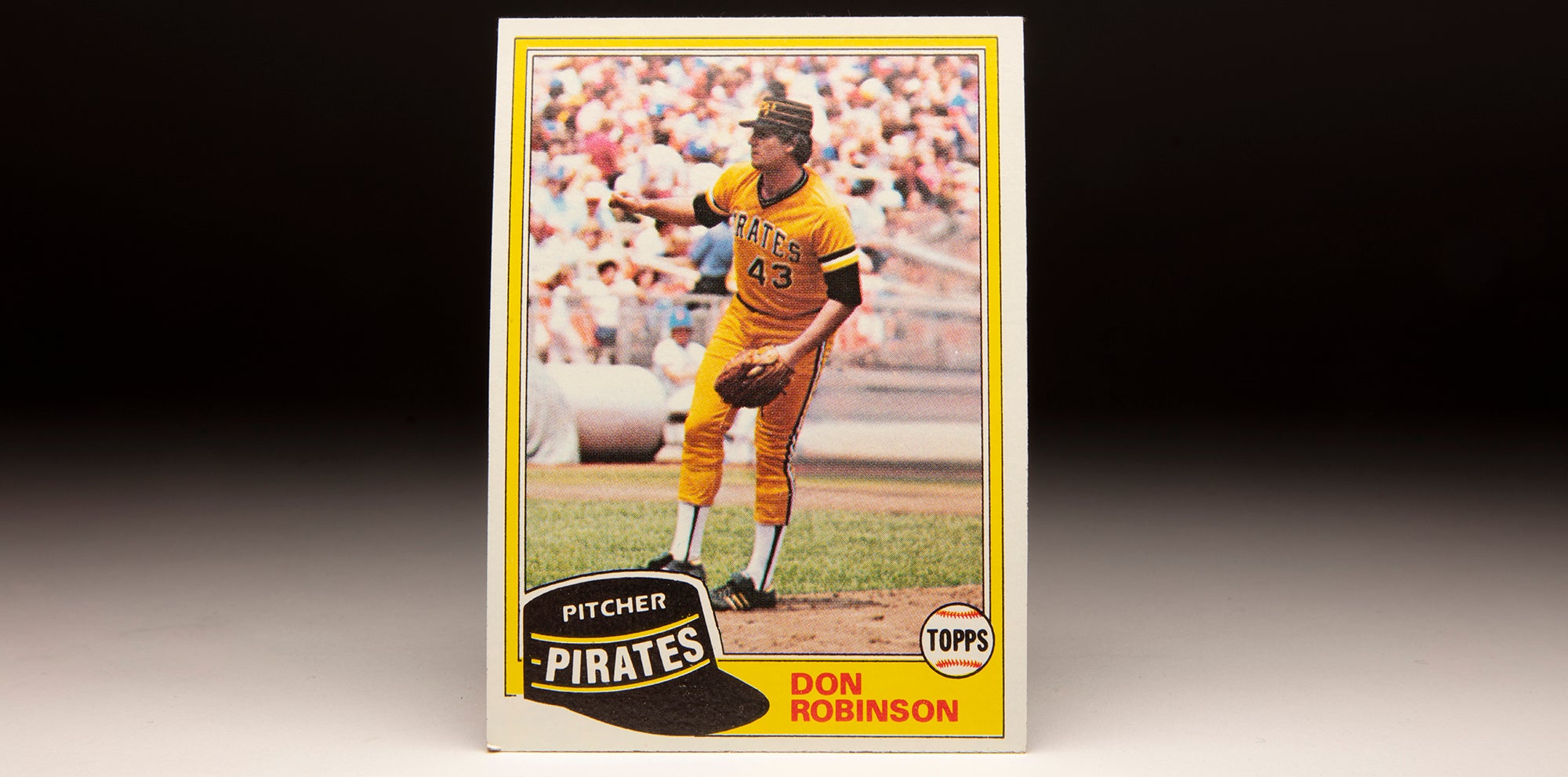#CardCorner: 1990 Fleer Rafael Belliard
Perhaps the most offensively challenged player in the game’s history, Rafael Belliard nonetheless assembled a postseason resume that was the envy of most of his contemporaries.
One of the last of his kind, Belliard’s good-field-no-hit play at shortstop carried him to the game’s pinnacle and beyond.
Born Oct. 24, 1961, in Pueblo Nuevo, Dominican Republic, Rafael Leonidas Belliard came of age as a baseball revolution was producing future big leaguers throughout his home country. After playing for the Dominican Republic at the 1979 Pan American Games, he signed with the Pirates on July 10, 1980, despite a 5-foot-6 frame that often carried fewer than 150 pounds.
“My secret was discipline,” Belliard told El Nuevo Herald following his playing career. “Being quiet and being prepared mentally and physically when they needed me.”
Beginning his pro career with 20 games in the lower reaches of the Pirates’ system in 1980, Belliard played the 1981 season with Class A Alexandria of the Carolina League, hitting .216 while stealing 42 bases in 127 games. He made 29 errors at shortstop but showed off his range by accepting 564 chances while posting a respectable .949 fielding percentage.
Belliard then made the jump to Double-A in 1982, earning a job with the Buffalo Bisons out of Spring Training.
“Everyone raves about his fielding,” Jack Tracz, the Bisons’ assistant general manager, told the Buffalo News.
But on April 19, Belliard injured his knee during an exhibition game vs. the Pirates and missed much of the spring and summer. But when he returned, he hit .274 over 40 games and was called up to Pittsburgh on Aug. 30. He got into nine games for the Pirates that September, mostly as a pinch runner and defensive replacement, collecting one hit in two at-bats.
Belliard returned to the Eastern League in 1983, heading to Lynn, Mass., as the Pirates moved their Double-A outpost. With Lynn, Belliard hit .262 in 127 games and posted a .950 fielding percentage at shortstop. He again made an appearance with Pittsburgh at the end of the season, appearing in four games.
Belliard was establishing himself as the Pirates’ top utility man in 1984 when he broke his left fibula on June 27 when he leapt into the air while fielding a grounder by the Cubs’ Bob Dernier and fell awkwardly on the Wrigley Field playing surface. The injury sidelined Belliard for two months and he appeared in just 20 games that entire season, batting .227.
Belliard made the Opening Day roster in 1985 but was squeezed out of the lineup when the Pirates turned to veterans like Bill Almon, Tim Foli and Johnnie LeMaster. Belliard was sent to Triple-A Hawaii in May, and the Pirates turned to top prospect Sammy Khalifa while embracing a youth movement late in the season. But despite the fact that Khalifa hit just .238 in 95 games, Belliard remained in Hawaii the rest of the season – hitting .246 over 100 games.
Then in 1986, Belliard got the break he was looking for when Jim Leyland debuted as the Pirates manager. Enamored with Belliard’s defense and looking to inject youth into the team, Leyland began calling Belliard’s number regularly. By June, Belliard had replaced Khalifa as the starter at shortstop.
“Rafael is our shortstop. He’s earned it,” Leyland told the Associated Press in June. “Raffy was doing the job in the field and Sammy was not.
“He’s a little guy but he can cover ground. He’s made all the plays and helped us with his bat.”
Belliard finished the season with a .233 batting average, 12 steals, 31 RBI and 33 runs scored in 117 games, committing just 12 errors in 96 games at short. He started the 1987 season as Pittsburgh’s Opening Day shortstop and held the job for three months, providing the defense Leyland craved but struggling at the plate – save for May 5, when he hit his first big league home run off San Diego’s Eric Show.
Belliard was batting just .187 in July when the Pirates sent him to Double-A Harrisburg and installed Al Pedrique at shortstop. Pedrique hit .301 but did not have Belliard’s range or hands, and by the end of the season the Pirates had still not decided where their future lay at shortstop.
Belliard started on Opening Day of 1991 and would be part of a mix-and-match combination at short with Jeff Blauser. Hitting .249 over 149 games, Belliard made just 18 errors in the field to provide solid defense behind young Atlanta aces Tom Glavine, John Smoltz and Steve Avery. The Braves went from last to first in the NL West and defeated Pittsburgh in the NLCS, with Belliard hitting .211 while starting all seven games.
“Defense is a main part of the reason we’re where we are,” Braves manager Bobby Cox told the Los Angeles Times toward the end of the 1991 regular season, “and those two guys on the left side of our infield (Belliard and third baseman Terry Pendleton) are as good as there is.”
In the World Series against the Twins, Belliard’s second-inning single in Game 3 – after the Braves lost the first two games – tied the contest at 1 as Atlanta went on to win 5-4. Belliard contributed two more RBI in Atlanta’s 14-5 win in Game 5 that put the Braves one win away from the title.
Belliard had one hit apiece in Game 6 and Game 7 – and did not commit an error in the World Series. But the Braves lost to the Twins in seven games.
But as the season progressed, Blauser came into his own at the plate and posted his best offensive year, hitting .305 with 182 hits and 110 runs scored in 161 games. Belliard appeared in 91 games off the bench and hit .228 – and appeared in just two games in the NLCS as Atlanta fell to Philadelphia.
With Blauser entering his prime, Belliard embraced his role as a utility player. He appeared in 47 games in the strike-shortened 1994 season – and signed a two-year, $1.1 million deal after the season – and 75 more in 1995. But when Blauser slumped during the latter campaign and then injured his right ankle during the NLDS vs. the Rockies, Belliard was once again in line to start at shortstop in a World Series.
“We’ll be all right with Raffy in the lineup,” Cox told the Hartford Courant.
Starting all six games against Cleveland, Belliard went 0-for-16. But his seventh-inning squeeze bunt in Game 1 scored David Justice with what proved to be the difference in a 3-2 Atlanta win, and the Braves finally captured their title with a six-game victory over the Indians.
But offensive challenges aside, Rafael Belliard might have been the “winningest” player of his era.
“He always hustles, he has a tremendous attitude and everybody likes him,” Leyland said of Belliard during the 1986 season, painting a picture of the player that would stay with Belliard for his entire career. “He’s not a little guy on this team.”
Craig Muder is the director of communications for the National Baseball Hall of Fame and Museum





